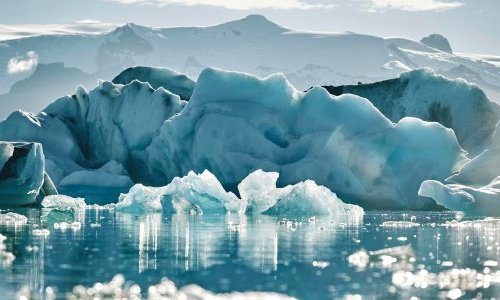The study, entitled Plastic in Cosmetics: Are We Polluting the Environment Through our Personal Care: Plastic ingredients (available here) that contribute to marine microplastic litter is a compilation of currently available knowledge on the linkages between cosmetics and plastic pollution in the oceans.

According to the UNEP’s report, more than 299 million tonnes of plastic was produced worldwide in 2013 some of which made its way to the oceans.
For the last 50 years, microparticles of plastic, called microplastics, have been used in a large number of cosmetic and personal care formulations, ranging from toothpaste and shower gel to eye shadows and nail polish. A total amount of 4,360 tonnes of microplastic beads was used in 2012 across all European Union countries plus Norway and Switzerland according to a survey by Cosmetics Europe, focusing on the use of microplastic beads, with polyethylene beads representing 93% of the total amount equaling 4,037 tonnes.
Washed down the drain, those particles cannot be collected for recycling, nor do they decompose in wastewater treatment facilities, inevitably ending up in the global ocean. Once in the ocean, plastic does not go away: it fragments, eventually breaking down into smaller pieces known as secondary microplastics.
Eventual ban recommended
“Knowledge is emerging about the effect such particles have on marine organisms, including mammals, but also on their potential for secondary health impacts via the food chain, including to humans who consume seafood,” explains UNEP. The organisation evaluates the cost in environmental damage to marine ecosystems to approximately US$ 13 billion per year.
Given the associated potential risks of microplastics, the report makes several recommendations for producers and consumers, as well as for researchers and policymakers. In particular, it calls for a voluntary phase-out of microplastics by the industry and their eventual ban in personal care and cosmetic products.
Introduction of legislation banning or phasing-out microplastics in personal care and cosmetic products has already started and is expected to continue in the future. The state of Illinois is leading the way in the U.S. by banning all microplastics in personal care and cosmetic products by 2019. California and New York are among other U.S. states that are pursuing similar measures and the European Commission has highlighted marine microplastics pollution as a priority area of concern. Furthermore, The Netherlands, Austria, Luxembourg, Belgium and Sweden have issued a joint call to ban the microplastics used in personal care products.




























